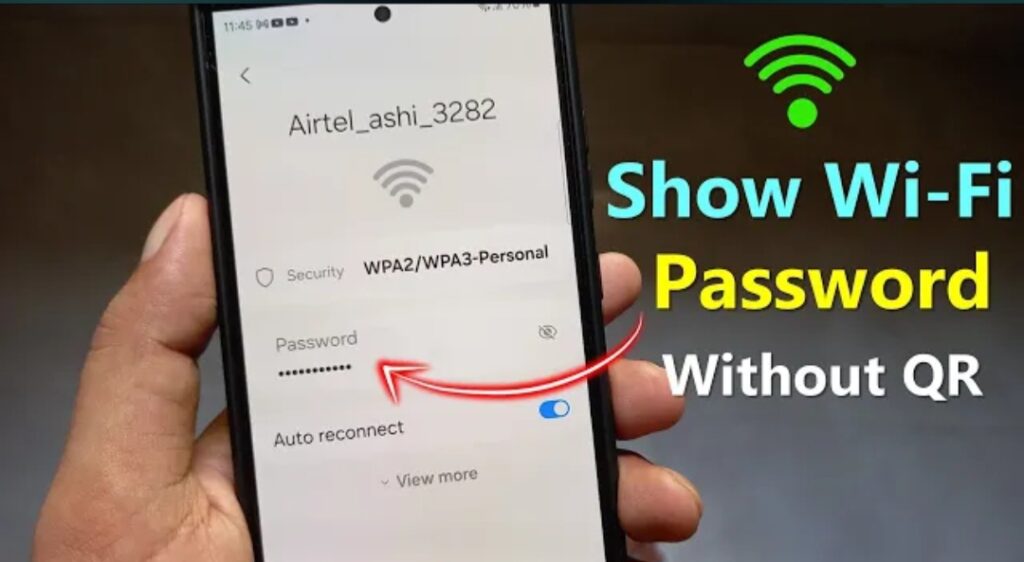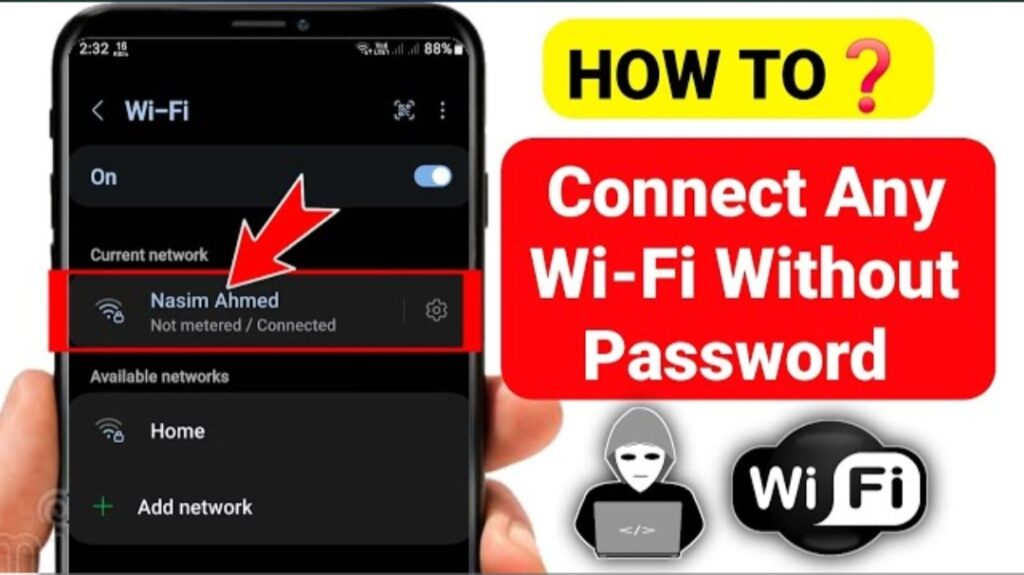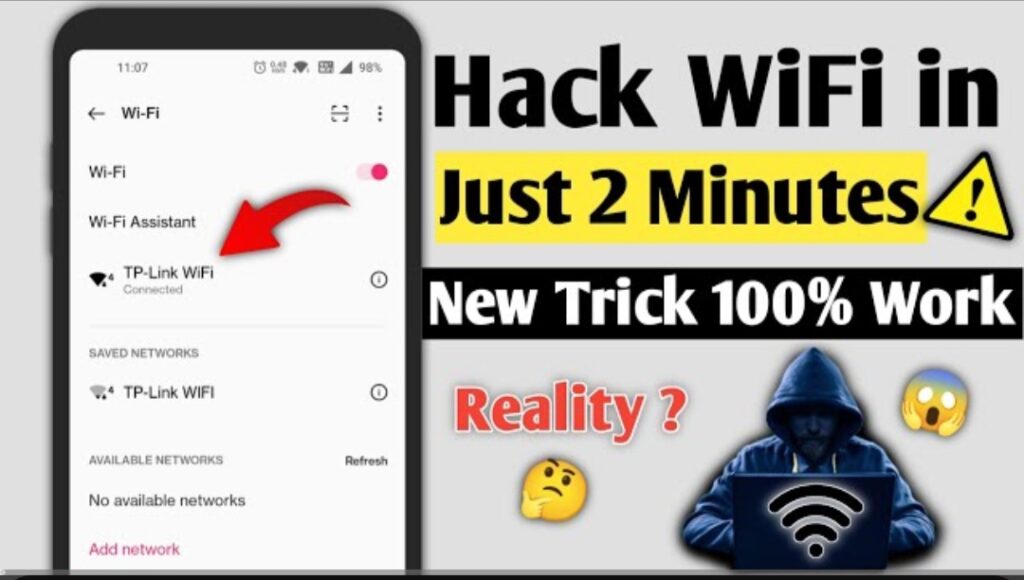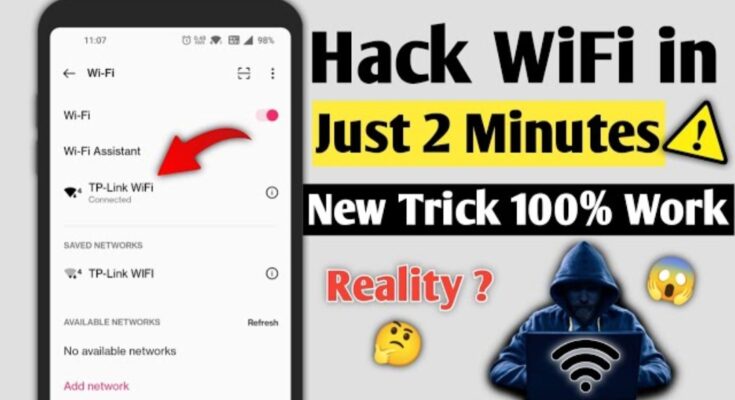In today’s fast-paced digital world, staying connected to the internet has become a basic necessity. Whether it’s for work, studying, watching videos, or staying in touch with loved ones, internet access is something most people can’t live without. But what if you’re outside your home or don’t have access to mobile data? That’s where free Wi-Fi comes in.
Free public Wi-Fi is available in coffee shops, airports, shopping malls, hotels, and many other places. It sounds convenient — and it is — but using free Wi-Fi requires smart and safe usage to protect your data and personal information.

In this article, we’ll explain how to use free Wi-Fi, its benefits, potential risks, and the best safety tips to help you make the most of it.
Where Can You Find Free Wi-Fi?
Before you learn how to use it, you need to know where to find it. Many public and private places offer free internet access, including.
Coffee shops and restaurants
Hotels and motels
Airports and train stations
Libraries and universities
Parks and public squares
Retail stores and shopping malls
Buses and airplanes (in some cases)
Often, you just need to ask for the Wi-Fi name and password, or in some places, you can connect directly without any password.
Benefits of Using Free Wi-Fi1.
Save Your Mobile DataInstead of using your mobile data plan (which may be limited or costly), you can switch to Wi-Fi and browse, download, or stream without worrying about charges.
2. Stay Connected on the GoFree Wi-Fi helps you stay online even when you’re not at home or work. It’s especially helpful when traveling or commuting.
3. Access Information AnywhereYou can search for directions, book tickets, read news, or check emails while sitting in a café or waiting at the airport.
4. Work and Study RemotelyFree Wi-Fi allows students and professionals to work from places like libraries or coffee shops, providing a flexible work environment.
Step-by-Step Guide: How to Use Free Wi-Fi Safely3. Access Information AnywhereYou can search for directions, book tickets, read news, or check emails while sitting in a café or waiting at the airport.
4. Work and Study RemotelyFree Wi-Fi allows students and professionals to work from places like libraries or coffee shops, providing a flexible work environment.
Here’s a simple guide for safely connecting to and using free public Wi-Fi:Step
1: Turn On Wi-Fi on Your DeviceOpen your phone, laptop, or tablet, and go to the Wi-Fi settings. Turn it on, and wait for nearby networks to appear.
Step 2: Choose the Correct NetworkMany free Wi-Fi networks have similar names. Make sure you’re connecting to the official network of the place you’re in. Ask staff if needed. Avoid connecting to suspicious or open networks with names like “Free_WiFi123” unless you’re sure they’re legitimate.Step

3: Follow the Login Steps (if any)Some networks will take you to a login page. You may need to.
Enter your email or phone numberAgree to the terms and conditionsWatch an ad or click “Connect”Once completed, you’ll be connected to the internet.
Step 4: Use It Wisely and SecurelyWhile connected, avoid logging into sensitive accounts like banking, shopping, or personal cloud storage. Limit your activity to browsing, watching videos, or checking news and social media.
Step 5: Disconnect and “Forget” the NetworkWhen you’re done, disconnect from the Wi-Fi and go to your device’s settings to “Forget” the network. This prevents your device from auto-connecting next time without permission.
Risks of Using Free Wi-Fi
While free Wi-Fi is helpful, it comes with security risks. Hackers can steal your data through public networks. Here are the main dangers:1. Man-in-the-Middle AttacksHackers can intercept data between your device and the website you’re visiting. This means they can see what you’re typing — including passwords or private messages.
Fake Wi-Fi Networks (Spoofing)Cybercriminals sometimes set up fake hotspots with names like “FreeCoffeeShop_WiFi” to trick people. Once you connect, they can monitor your activity.
Data Collection and Privacy LossSome businesses use public Wi-Fi to collect your information — like browsing habits, email, and even your location — for marketing purposes.
Malware DownloadsPublic networks can be used to push malware or viruses into connected devices, especially if you download files or apps while connected.
How to Protect Yourself While Using Free Wi-FiTo enjoy the benefits of public Wi-Fi without becoming a victim, follow these essential safety tips:Use a VPN (Virtual Private Network): A VPN encrypts your internet traffic, making it hard for hackers to see your data.
Turn Off File Sharing and Airdrop: Disable features like file sharing, Bluetooth, and Airdrop to avoid unwanted connections or data access.Enable Two-Factor Authentication: Add extra protection to your email, bank, and social accounts using two-step verification.

Securities holes that hackers could exploit.Tips for Using Free Wi-Fi EfficientlyUse Download Mode: If you’re watching videos or listening to musihttps://play.google.com/store/apps/details?id=com.ertunga.wifihotspotc, download content when connected to Wi-Fi instead of using mobile data.Stay Alert in Crowded Places.
Avoid typing personal information when sitting in busy areas like airports or cafés.Ask Staff for Help: If you’re unsure about which network to connect to, ask the staff to confirm the official Wi-Fi name.
Conclusion.
Free Wi-Fi is a powerful and convenient tool — especially for people who are always on the move or trying to save on mobile data. However, using it without care can expose you to serious risks like hacking, data theft, and privacy loss.
By following the steps and safety tips shared in this article, you can use free Wi-Fi confidently and securely. Stay connected — but stay smart.In today’s connected world, knowing how to use free Wi-Fi the right way isn’t just useful — it’s essential.
